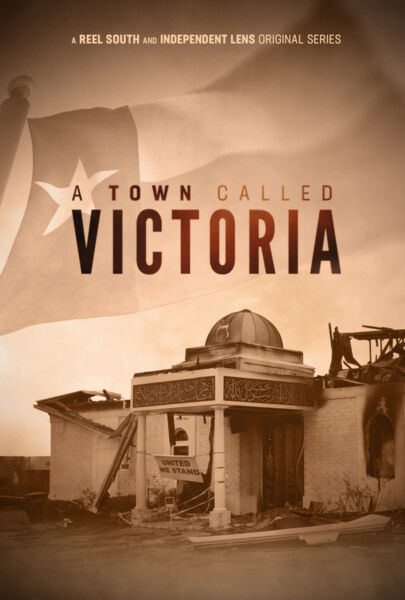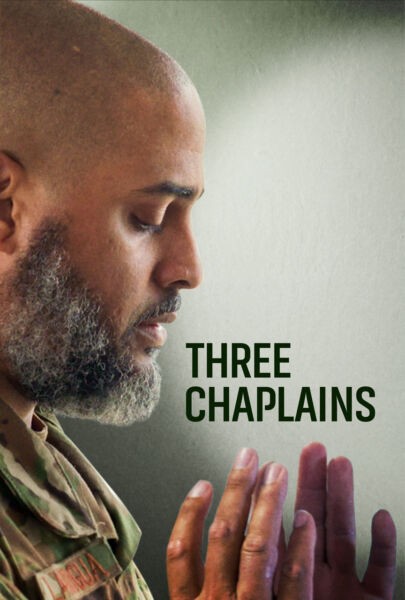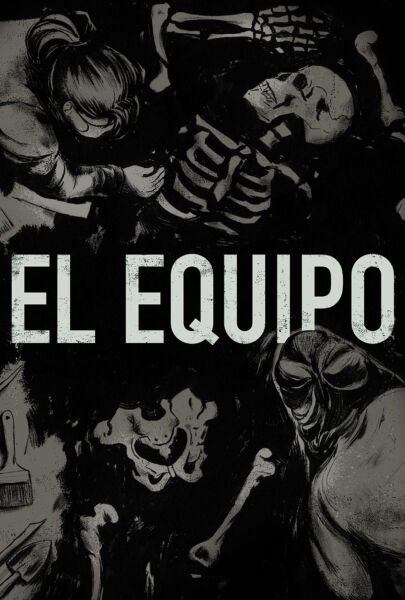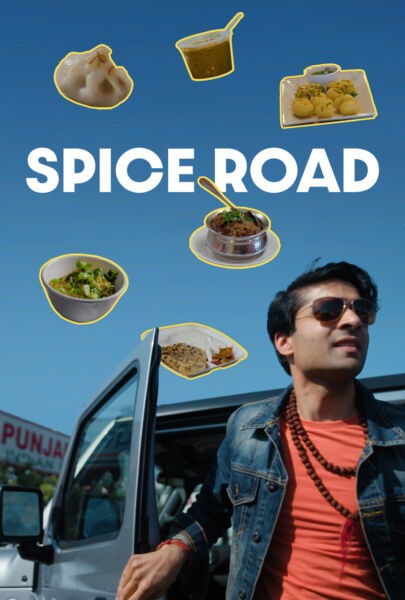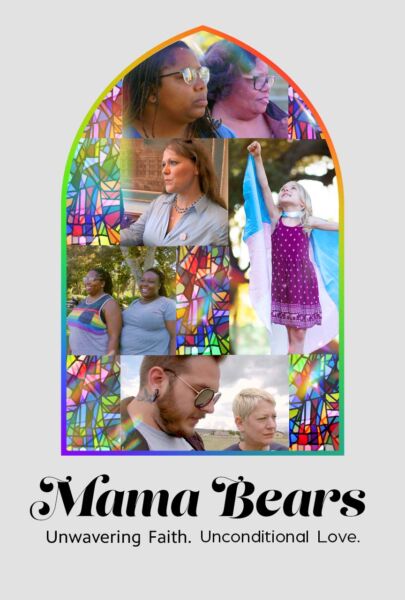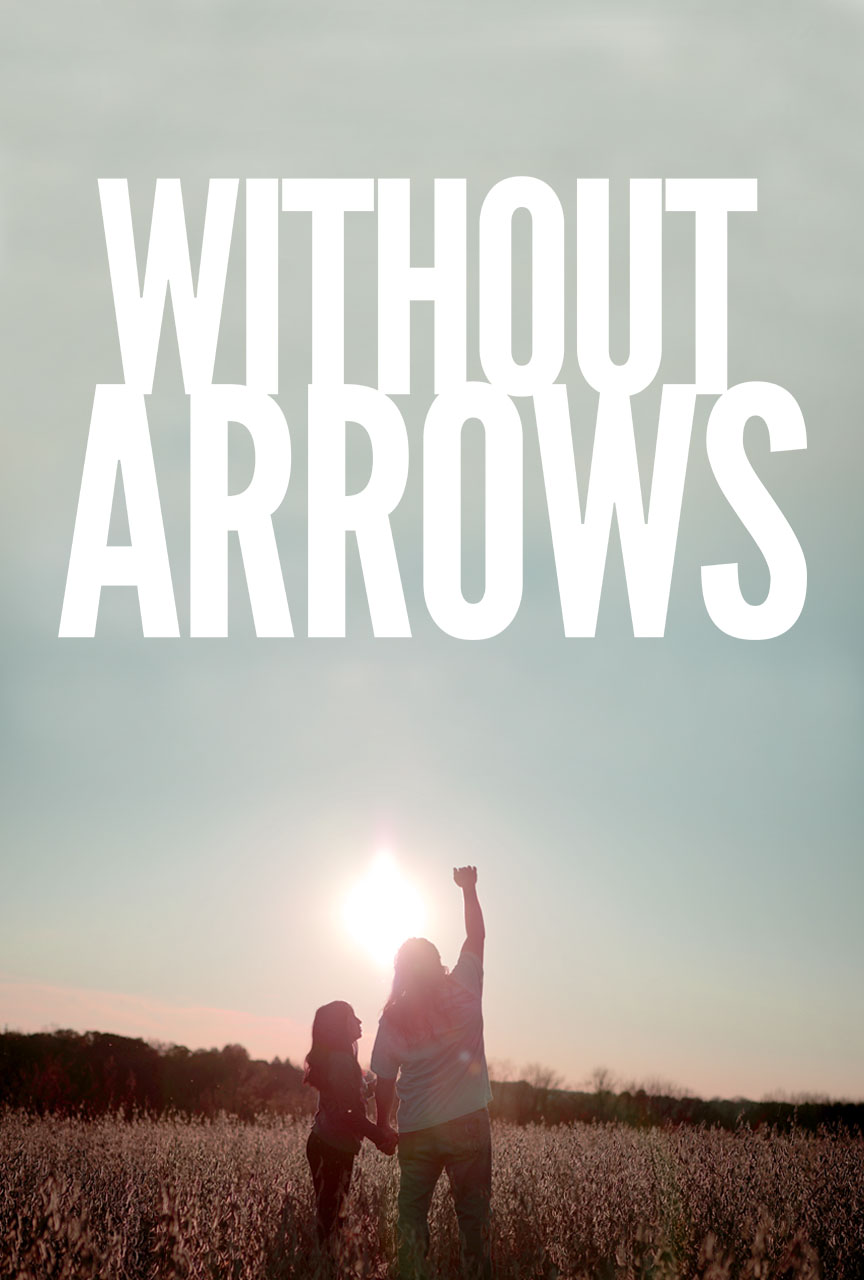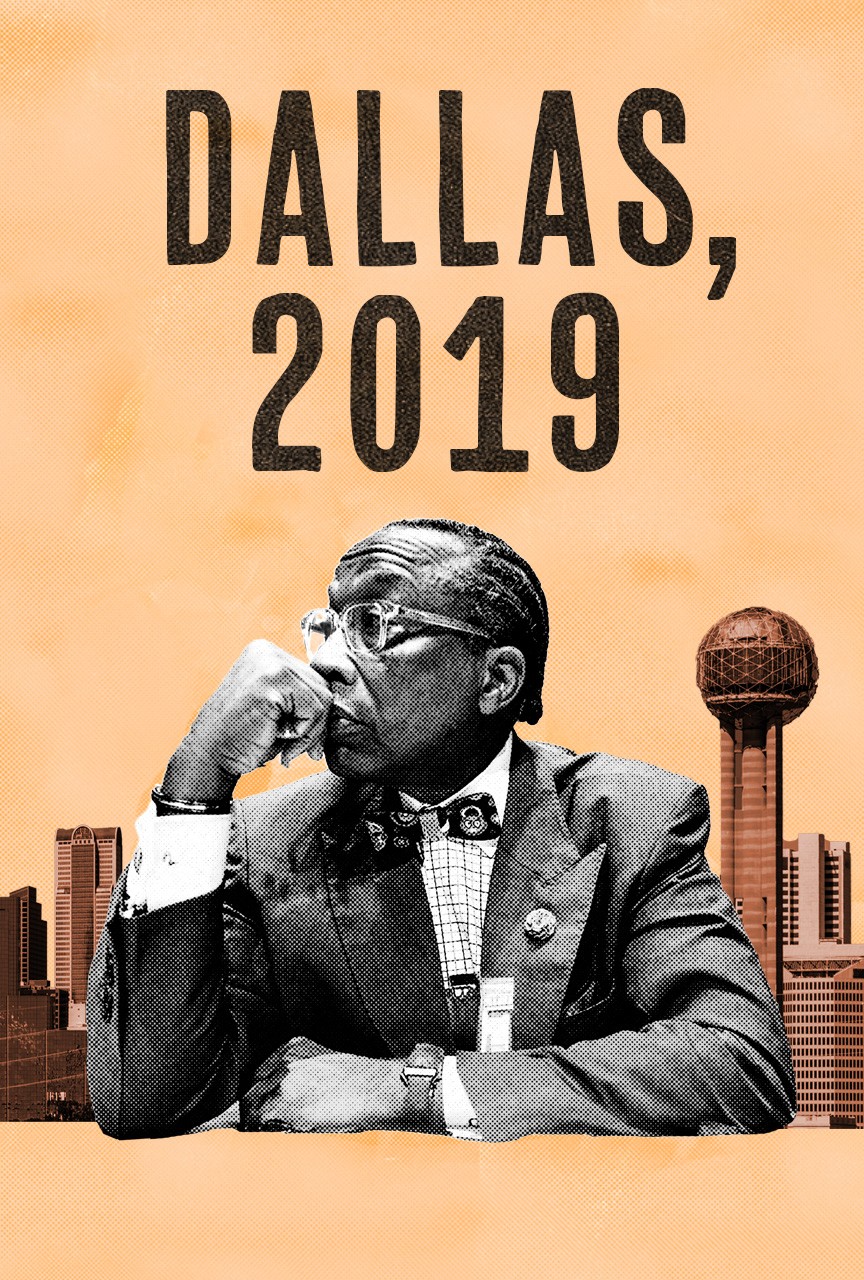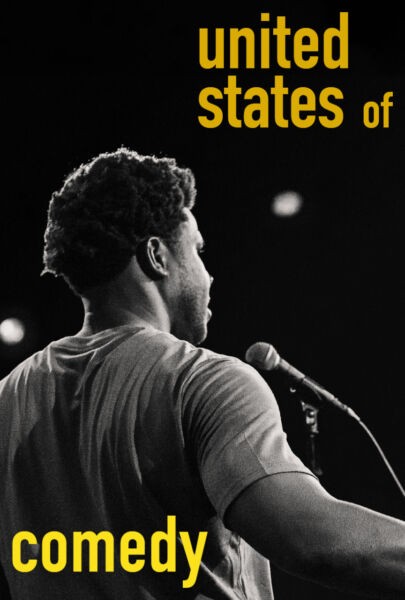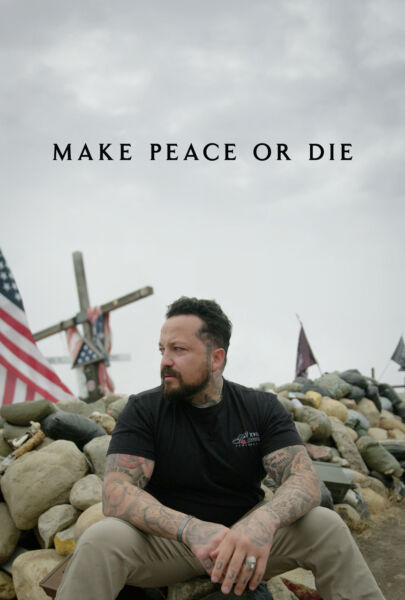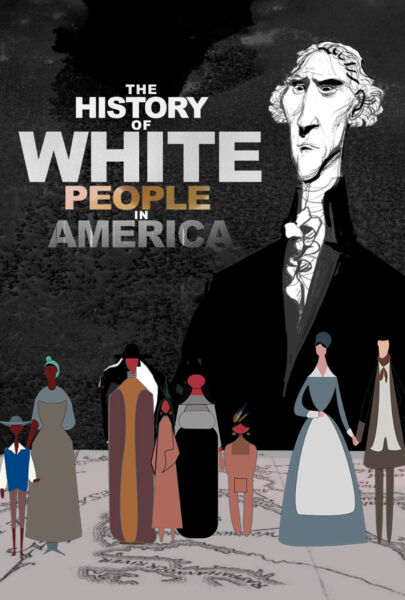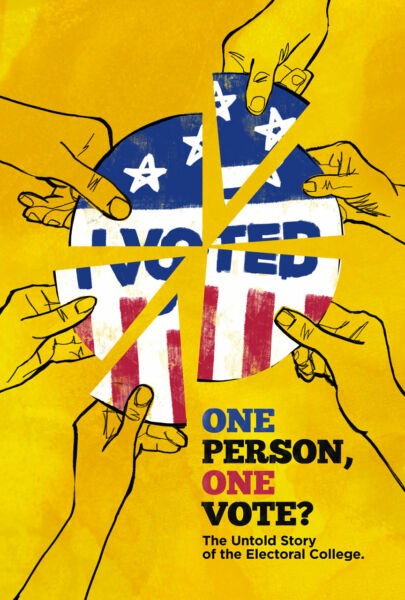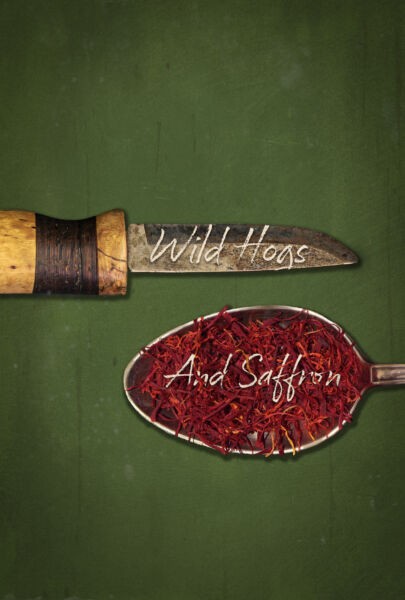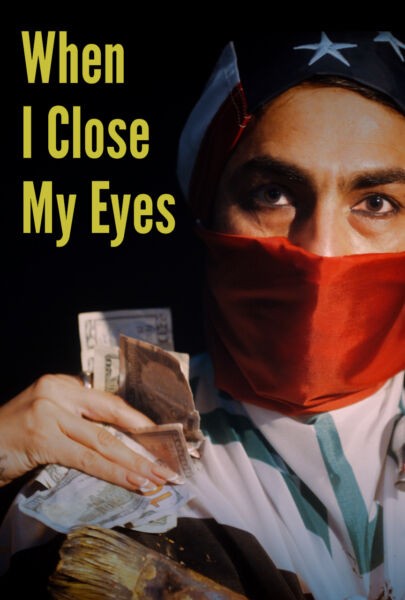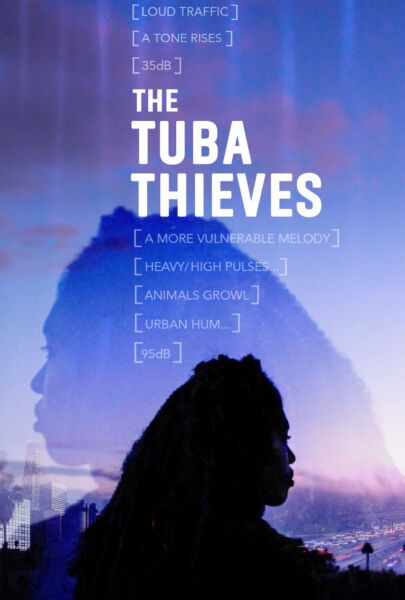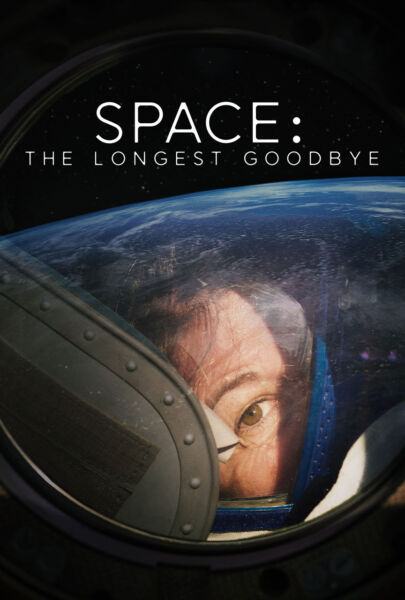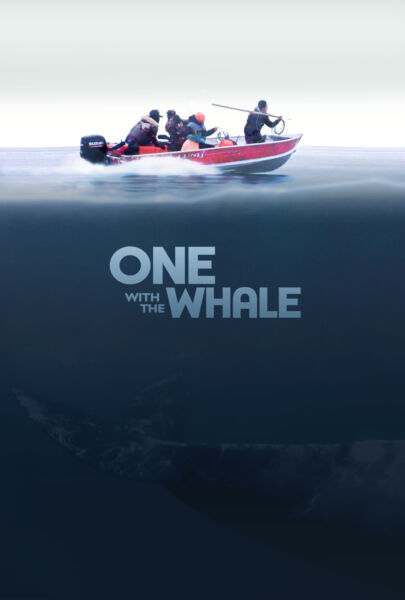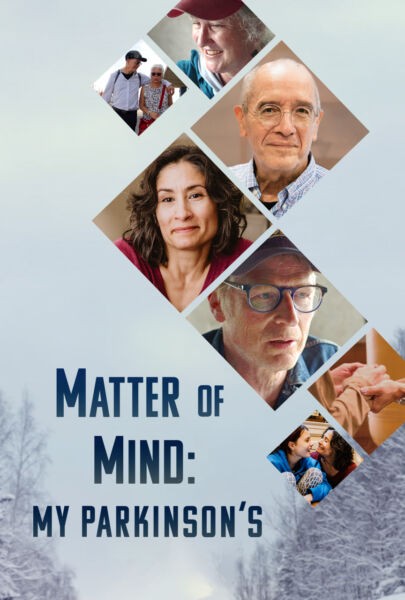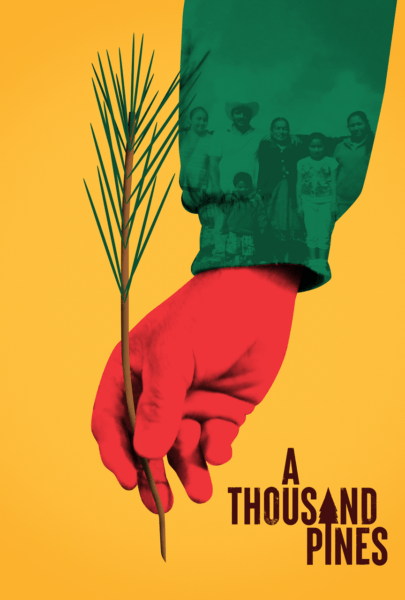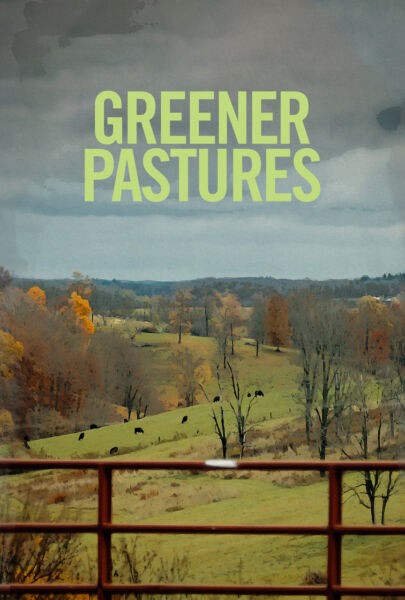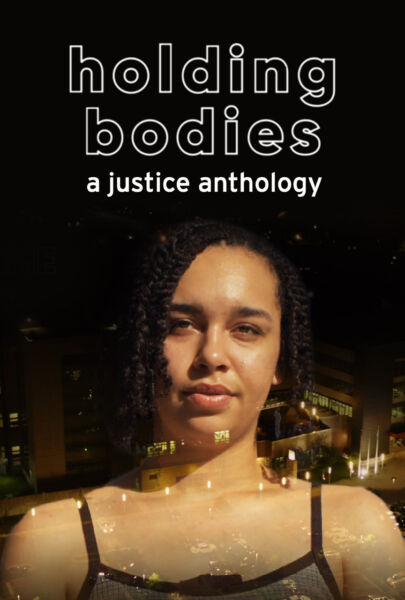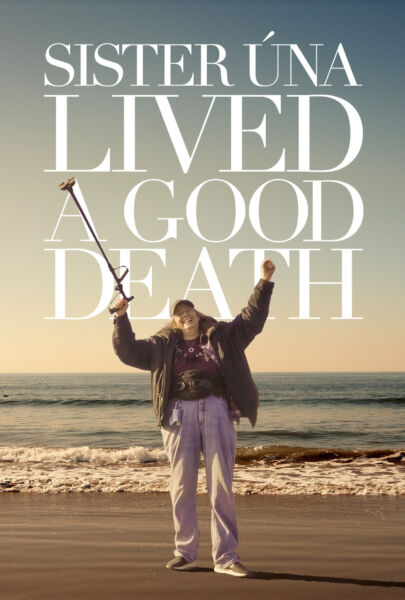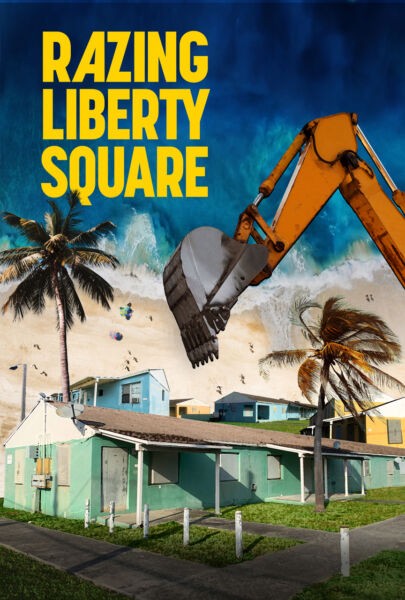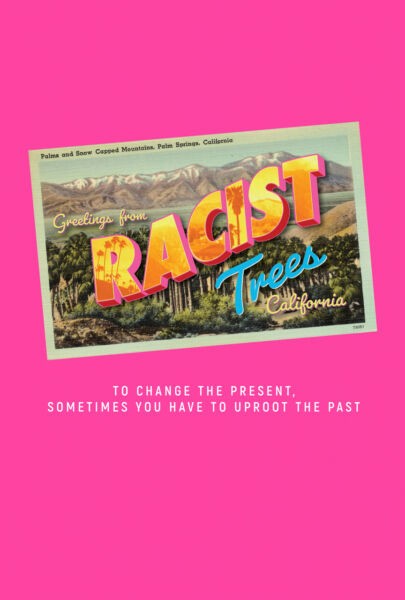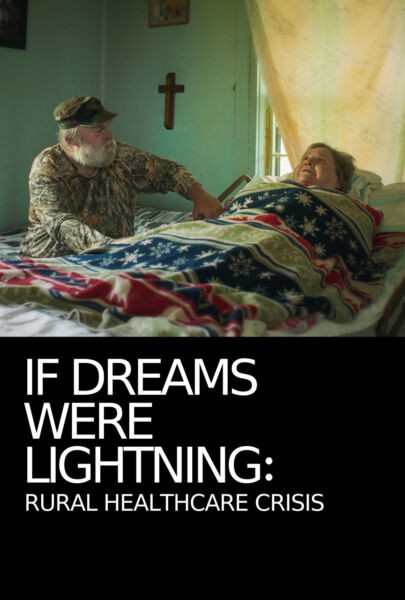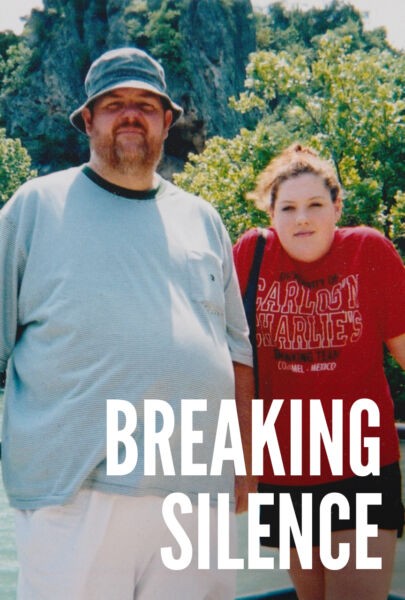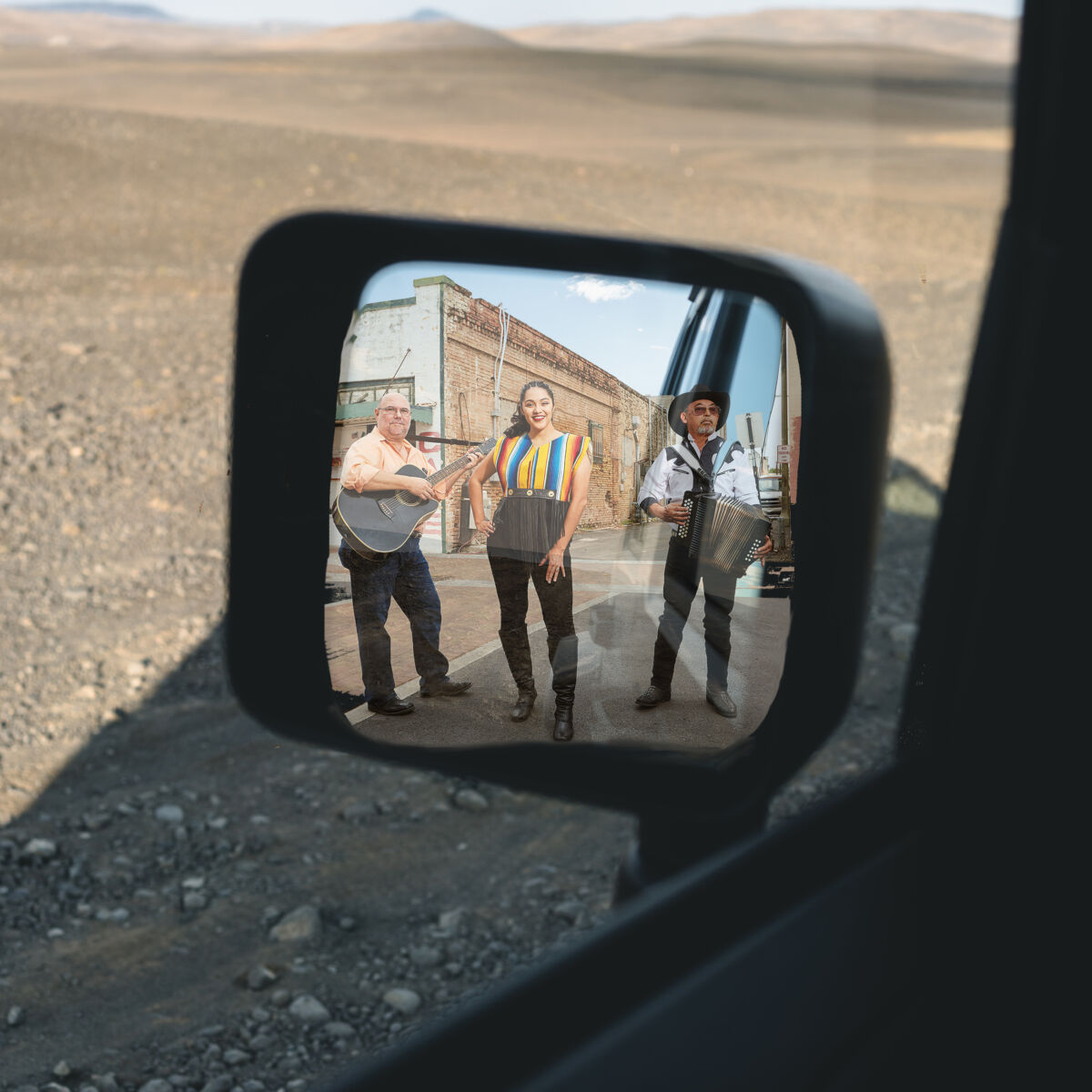
[pictured at left, in the side mirror: a scene from Tacos of Texas (Brownsville)]
We continue our epic journey across America through documentary film:
Montana
Sweetgrass: Unsentimental but beautiful film about modern-day shepherds, leading their flocks of sheep up into Montana’s Absaroka-Beartooth Mountains for summer pasture. An unobtrusive look at an age-old profession hanging on by a thread.
Butte, America: The rise and fall of what was once a copper-mining empire city a century-plus ago, built on the backs of labor, as seen through multi-generations of families. A fascinating, little-known side of American West history. Narrated by Gabriel Byrne.
Nebraska
The Farmer’s Wife: Or alternatively, scenes from a farmer’s marriage. One of several epic masterpieces by David Sutherland, this 6-hour journey for PBS Frontline is a road-trip series, looking at a farming family struggling to keep it together. In this intimate portrait, we truly get to know Nebraska couple Juanita and Darrel Buschkoetters, as they persevere through it all. Worth the time investment.
A Time for Burning: Of all the films on this list, this one personally provided the biggest revelation to me. I previously had never heard of this 1966 Oscar nominee, in which a white Lutheran pastor in Omaha tries to get his congregation to reach out to members of a local Black church. The attempt does not go well. But this documentary has so many moments of startling dialogues between the Black and white people of Omaha that feel absolutely vital today, and yet, sadly, harder to imagine. The fact that a Black barber featured in the film, Ernie Chambers—who tells the minister that his Jesus is “contaminated”—later became the longest-serving state senator in Nebraska history, is at least some kind of testament.
Recommended further reading: This New Yorker piece “Revisiting A Time for Burning and the Spiritual Crisis of Racism.”
Nevada
Jonathan Scott’s Power Trip: One-half of the Property Brothers, Jonathan Scott has a passion for solar power. The film presents his surprisingly deep look at how the more environmentally-friendly energy source has often been shoved aside for less green pastures, by old-school thinking. It will probably make you heat up with anger, but it’s quite informative with Scott’s user-friendly, personal approach. Much of it takes place in the always-sunny Nevada, which has seen its share of legislative back-and-forth over solar.
Baby God (HBO): A creepy investigation into how a Las Vegas fertility doctor, named Dr. Quincy Fortier, could’ve secretly impregnated fertility patients for years, using his own sperm with no one the wiser. That is until those subsequent children later find out and want answers. While the story has a high “ick factor,” filmmaker Hannah Olson gives the film added poignancy, following the subjects with dignity as they sort through the wreckage.
Side trips: Las Vegas: An Unconventional History (PBS); Latino Vote: Dispatches from the Battleground.
New Hampshire
God Knows Where I Am: One of the most haunting documentaries I’ve seen in the last few years. This is the story of how a woman came to be found after she starved to death in a New Hampshire farmhouse during a brutal New England winter. It’s a complete indictment of America’s systemic failure when it comes to mental illness, but more powerful coming from an utterly personal point of view (assisted by having access to her diaries where she documents her own mental decline). It’s a work of art, beautifully made and shot.
The Observers: Climatologists go about the solitary, steadfast work of measuring and recording the weather at one of the windiest spots in the world: Mt. Washington (or Agiocochook), New Hampshire. Jackie Goss’s experimental, beautiful documentary is completely unobtrusive, and even meditative, but wholly unique—and you’ll want to wear a heavy jacket. Can watch for free on Vimeo.
New Jersey
Street Fight: This Academy Award-nominated doc looks at mayoral politics, focusing on a heated 2002 race between upstart Cory Booker (later Newark mayor and then New Jersey Senator and Presidential candidate) and entrenched incumbent Sharpe James. It puts the lens on racial politics, entrenched political machines, and the roughest type of campaigning. Entertaining and especially fascinating for amateur political wonks.
Supergirl: The ultra-sweet, coming-of-age meets underdog sports story of a young, Orthodox Jewish girl in New Jersey, who also happens to have one special superpower: the ability to power-lift more than twice her body weight. You’ll experience a lot in the short span of its running time, rooting for Naomi as she works through strict religious obligations, health issues and cyberbullying, plus her bat mitzvah, all while trying to stay “normal” as she becomes a media sensation.
Side trips: Two Gods; Freeheld.
New Mexico
Georgia O’Keeffe: Perry Miller Adato was the first woman director to receive a Directors Guild of America Award for her groundbreaking documentary on the artist Georgia O’Keeffe—the only film portrait the pioneering artist allowed to be made of her. It was shot mainly on location in New Mexico and filmed the 88-year-old painter in her studio. It’s too important a document to leave off the list; the only problem is it’s out of circulation (unless you can find a bootleg online somewhere). Hopefully that is remedied someday.
Atomic Ed & the Black Hole: Made for HBO, now available on Vimeo, Ellen Spiro’s doc is about a machinist-turned-atomic junk collector in NM. He quit his job of making atomic bombs more than 30 years ago and began collecting non-radioactive, high-tech nuclear waste discarded from the Los Alamos National Laboratory. File Ed under “Characters You Can’t Make Up” and just enjoy the quirks and quarks.
New York
Grey Gardens: What can you say about this unparalleled (if oft-imitated, parodied, and fictionalized) but incredibly iconic Maysles brothers’ doc about an eccentric, reclusive mother-daughter duo, living in a derelict mansion in East Hampton, NY. This “direct cinema” masterpiece is now deservedly in the National Film Registry, and, in some ways, these two amazing women are forever preserved as well.
Mr. SOUL! and Decade of Fire: These two PBS docs make for an excellent double feature in how they portray key moments for Black and Latino culture and activism, and capture quintessential New York moments of the late ’60s and ’70s. Mr. SOUL!’s vividly looks at local public television breaking ground in presenting the Black experience; Decade of Fire shows how the Bronx burned and rose from the ashes, due to citizens who simply would not give up.
Side trips: Paris Is Burning; Woodstock; Dark Days; The Death and Life of Marsha P. Johnson; The Cruise; The Central Park Five; How To with John Wilson (series); Park Avenue (series); Cropsey.
North Carolina
Always in Season: This doc ambitiously explores: the tragic death of African American teenager Lennon Lacy, who was found hanging from a swing set in Bladenboro, NC; his mother’s quest for justice in the wake of it being ruled a suicide by law enforcement, despite evidence to the contrary; and the history of lynching in the South, which includes some hopeful points with multiracial groups putting on dramatic re-creations of historic lynchings. Jackie Olive’s film packs a wallop.
Bright Leaves: I’m a big fan of Ross McElwee’s documentaries, in the way he expertly mixes the achingly personal and the broader historical (see: Sherman’s March). In this North Carolina gothic doc, he explores his family’s past, tobacco farming, and Hollywood depictions of the same, expertly all rolled together like a cigar.
Side trips: Moving Midway; Rocaterrania; Sheriff.
North Dakota
The Overnighters: Jesse Moss’s thoughtful, tense doc is set in a North Dakota oil boomtown with struggling drifters in need of help—and they seemingly get it from a local pastor. It feels like a deceptively simple account at first, and then layer by layer it unfurls as it goes further into darker territory. Evocative and provocative, in many ways a microcosm of America.
Welcome to Leith: Expertly chronicles the attempted takeover of a tiny town in North Dakota by the notorious white supremacist Craig Cobb and his small posse. This is both disturbing as all-get-out and hopeful in tinges in the way a community can come together. Sadly, it’s even more relevant 3-4 years later.
Ohio
American Factory: In post-industrial Ohio, a Chinese billionaire opens a new factory in the abandoned shell of a General Motors plant in Dayton. In their typically quiet, empathetic, no-nonsense-but-warm style, Julia Reichert and Steven Bognar let this story unfold in a way that may not be so happy, ultimately. But at least it gives struggling workers a chance to tell their stories.
43565: An impressionistic look at life in the quintessential, small American town of Sidney, Ohio. This doc is similar to Alabama’s slice-of-life entry, Hale County This Morning, This Evening, a mosaic of faces and places, but with its own Ohio-town brand. From high school football and marching bands, to farmers and cops, to parades and prayer, it evokes, as Roger Ebert wrote, “what Winesburg, Ohio might have looked like as a documentary.”
Side trips: Go Tigers!; The End of the World as We Knew It.
Oklahoma
Okie Noodling: One of those quirky docs that offers a window to something I didn’t know existed, which is OK people catching catfish with their bare hands(!). They call them “noodlers.” “They aren’t just fishermen, they’re hunters,” one of them says in this genial doc. It’s a hoot and a half, like a bemused parallel universe version of TV’s River Monsters.
Tulsa: The Fire and the Forgotten and Tulsa Burning: The 1921 Race Massacre: You can’t talk about Oklahoma history without learning more about this pivotal and tragic moment in American history: the 1921 Tulsa Race Massacre—when a mob of white people tore down and burned the Greenwood district of Tulsa, a prosperous Black community known as “Black Wall Street.” The story finally, and only recently, became a part of the national consciousness, previously shrouded by white-dominated structure in the state and America. These two recent, first-rate documentaries (the latter co-directed and executive produced by Emmy-winner Stanley Nelson) are full of striking archival photos and film. Each covers different aspects of the historical event for those who want to learn more. Which should be all of us.
Oregon
No Man’s Land: An eerie, well-told, tense-as-heck, fly-on-the-wall account of the 2016 standoff between land-use protesters in southeastern Oregon’s Malheur Refuge and federal authorities. It presents how the occupiers were joined by right-wing militia and other dissidents, leading to a media circus where the story became fractured and increasingly dangerous. Disarming, really.
The Battered Bastards of Baseball: Until you see this documentary, you probably did not know that actor Kurt Russell’s dad, Bing (also an actor), once started an independent single-A baseball team, composed of castoff players, who just wanted a second (or third) chance with the sport they loved. The now-defunct Portland Mavericks played for five seasons in the ’70s, emphasizing fun in a way that the establishment did not like. This raucously entertaining and anti-establishment sports doc is for fans of underdogs everywhere. (And there’s been a fictionalized Hollywood version in the works for a few years.)
Side trip: The Last Blockbuster; Adventures in Plymptoons!
Pennsylvania
Won’t You Be My Neighbor?: Along with Sesame Street, the most iconic and important American public TV children’s show ever was Mister Rogers’ Neighborhood. It originated at WQED-TV in Pittsburgh, hometown of its creator Fred Rogers, the subject of this beautiful documentary. How did a one-time seminary student and minister come to create a show that would run across public broadcasting for more than 30 years? How did Fred Rogers change the lives of so many, emphasizing young children’s social and emotional needs, using puppets and song, and talking heart-to-heart directly at you? Find out in this wonderful doc, with a box of Kleenex at your side.
Let the Fire Burn: Brilliantly edited, using all archival or found footage (rather than featuring a bunch of modern talking heads) for a tense, “you are there in 1985” feel, Jason Osder tells the story of the Black communal activist group MOVE, its ultimate standoff with Philadelphia police, and why, after dropping an explosive on MOVE’s HQ, the city made the decision to let a bunch of row houses burn down rather than try to rescue the people trapped. Gripping, incendiary, and required.
Side trips: 1971; Birth of the Living Dead (George Romero!); Shenandoah; Philly D.A.; Prince of Pennsylvania; We Could Be King.
Rhode Island
Tre Maison Dasan: Denali Tiller’s quite moving PBS documentary about three Rhode Island boys (named in the title) ranging in age from 6 to 13, who each have a parent in prison. Told from the boys’ point of view, the doc captures their maturation, confusion, and frustration in a way fiction could never capture while rolling over “deadbeat dad/mom” stereotypes. A couple of scenes will, frankly, have you bawling.
Jazz on a Summer’s Day: Capturing the legendary Newport Jazz Festival in Rhode Island, 1958, this is quite simply one of the best jazz documentaries ever. It features some of the most iconic performers (Thelonious Monk, Anita O’Day, Dinah Washington, Gerry Mulligan, Chuck Berry, Chico Hamilton, Eric Dolphy, Louis Armstrong, and more), along with priceless footage of waterside Newport and a hep crowd. If you’re a jazz fan or just a music fan in general, this is a must-watch.
South Carolina
Sherman’s March: The aforementioned Ross McElwee this time takes us to South Carolina (and elsewhere) for what was intended to be an exploration of the Union General Sherman’s “March to the Sea” during the Civil War, but it becomes as much about the filmmaker’s own disastrous love life. Somehow this mix of deeply personal essay plus history all works out (much better than the original march did for the Confederacy) in this unique and amusing pastiche.
Gullah Roots: This well-made SCETV documentary explores South Carolina’s ties with West Africa through the Gullah people who live in the Coastal areas of the Carolinas and Georgia. Includes a lot of magnetic spiritual, musical, and artistic traditions. Would pair well with Julie Dash’s fictionalized film about the Gullah people, Daughters of the Dust.
South Dakota
Incident at Oglala: The tense story of Native American activist Leonard Peltier—and whether he was rightly implicated in the deaths of two FBI agents at an Oglala Sioux reservation in South Dakota. Peltier has been the subject of books, other documentaries (including Warrior), and even a fictionalized film (Thunderheart) by the same director (Michael Apted) of this excellent 1992 doc. The film makes a pretty good case that whatever went down at the Pine Ridge Shootout in 1975, the investigation and subsequent arrests were botched, and that Peltier—who remains incarcerated to this day—could very well be innocent.
Warrior Women: The story of Madonna Thunder Hawk, an American Indian Movement leader who shaped a kindred group of activists’ children—including her daughter Marcy—into the “We Will Remember” Survival School in South Dakota, a Native alternative to government-run education. It is a look back but also a look forward, a celebration of mothers and daughters fighting for a better future.
Tennessee
Undefeated: One of those feel-good, true stories that would become in a Hollywood version, but the real one is powerful as is: a volunteer coach works with underprivileged students at inner-city Memphis’s Manassas High School—which has a history of losing most of its games—and gets them to beat the odds on and off the field. While the film focuses more on the likable coach, it’s the students—especially massive tackle O.C. Brown (who later played for Southern Miss)—who leave the most indelible impressions. It’s not quite Hoop Dreams but it’s so engaging and easy to root for.
Daughter from Da Nang: The powerful story of an “All-American girl” from small-town Pulaski, Tennessee who was born Mai Thi Hiep in Da Nang, Vietnam in 1968, the mixed-race daughter of an American serviceman and a Vietnamese woman. The film traces her complicated reunion with her birth mother, retraces their stories that led to here, and features frequent clashing of cultures between Tennessee life and Vietnamese culture, in a story too complicated for a pat, happy ending.
Side trip: Paper Clips.
Texas
The Thin Blue Line: Seeing Errol Morris’s film as a teenager changed my life personally, as its stylistic, hypnotic-yet-investigative approach to documentary showed me the limitless possibilities of the form. But it also literally helped change the life of a man—Randall Dale Adams. Adams is a drifter charged with the murder of a Dallas cop and sent to death row; the doc quite convincingly makes that case that he is falsely accused. Add in Philip Glass’s incredible score alongside all the striking, Texas highway re-creations, and you have a groundbreaking masterpiece.
Tacos of Texas and Folk Frontera: I paired up these two pieces, one a short series and the other a doc short, because both are delightful explorations at Latino-tinged culture—a food trip across this huge state from El Paso to Dallas—and because they work so well in tandem. Tacos of Texas shows the diversity of styles and presentation within this single food, combining mouth-watering imagery with fascinating socio-political context. Folk Frontera takes us to the fascinating Chihuahuan Desert border region of West Texas with fronteriza women—who move smoothly between two languages and cultures. These are sides of Texas you don’t see represented on-screen enough, and there is plenty to delight the senses in both of these works.
https://www.youtube.com/watch?v=Z1Zlw5VxL3I
Side trips: TOWER; Boys State; The Greatest Bond; Hands on a Hardbody; Chulas Fronteras; Las Marthas.
Utah
In Football We Trust: This doc follows four Polynesian American high school students in Salt Lake City over a few years as they pursue their dreams of playing professional football. It’s an empathetic and honest portrait of young men struggling to break out and goes beyond sports doc clichés. While there certainly has been a pipeline of Polynesian players to the NFL, like Hoop Dreams you get the sense that very few of these kids will actually make it to the pros. So their journeys are also about readjusting themselves to take on the world in other ways.
The Beaver Trilogy (and The Beaver Trilogy: Part 4 documentary): The original may be the strangest work I have on this whole list, but I adore it. The trio of films is affectionately about “Groovin’ Gary,” an oddball impressionist in small-town Beaver, Utah, who does an Olivia Newton-John impersonation on stage. The first film is with the real guy and then the two subsequent pieces are dramatic re-creations, starring a young Sean Penn and Crispin Glover(!). If this sounds like your cup of tea, seek this out. Or watch the more recent documentary billed as “Part IV” that explains it all in a more straightforward but captivating way.
Side trips: Sons of Perdition; Out of the Past; Best Worst Movie; Cleanflix.
Vermont
Robert Frost: A Lover’s Quarrel with the World: The legendary British documentary filmmaker Shirley Clarke captures the legendary American poet Robert Frost in his later years, much of it in his pastoral home life in Vermont. In a speech to students, bewildered by “the sideshow” of cameraman and crew members flanking him, Frost says, “This is a documentary film going on … and [the shots] have all been about me with a hoe digging potatoes or walking in the woods, reciting my own poems.” Very much an old-school documentary, but a priceless artifact capturing a great artist.
The Address: Only one Ken Burns film is on this list, and it’s one of his least famous! But also, maybe his simplest, sweetest, and most personal. Set in Putney, Vermont, at a boarding school for boys (Grades 6-12) with special needs such as dyslexia and ADHD. Their mission? To memorize and recite the Gettysburg Address. It’s maybe a little too long for what it is, but ultimately moving.
Virginia
Documenting Hate: Charlottesville: Not the happiest side of Virginia, but as goes Virginia, so goes America in many ways these days. This FRONTLINE/Pro Publica documentary is an incredibly informative investigation into both the white supremacists and neo-Nazis involved in the 2017 Charlottesville Unite the Right rally, and what went terribly wrong that fateful day.
The Loving Story: I recommend watching this low-key, but illuminating and extremely touching documentary, along with the excellent, fictionalized and more dramatic version of the story—Jeff Nichols’s Loving—for the full, immersive experience. Richard and Mildred Loving were an interracial couple—white and Black/Cherokee, respectively. Their history as a couple began in the late ’50s, a time when Virginia still had anti-miscegenation laws. They were arrested for daring to be publicly in love, in a case that eventually went to the Supreme Court. But the couple did not want to be heroes as much as they simply wanted to be together—and for that, the story is all the more powerful.
Side trip: A Perfect Candidate; The Parking Lot Movie; What Remains: The Life and Work of Sally Mann.
Washington
Streetwise: Groundbreaking doc with a cult following (and now available in the Criterion Collection) where photojournalist Mary Ellen Mark and director Mark Bell followed several young homeless people trying to survive on the streets of Seattle. Each escaped their dysfunctional home lives and created a sense of family among themselves. While it was filmed in 1984, this frank, grim, but remarkable work is sadly still very relevant, and a reminder of how to find empathy for those on the streets.
Wheedle’s Groove: There are several docs about Seattle’s famous and influential grunge rock scene (including the solid Hype!, noted below), but this film about the city’s long-lost funk music scene of the 1960s and ’70s was much more surprising to me. Features such icons as Quincy Jones (who spent some of his adolescence and college days there), and of course full of great music. But it gets even more interesting as we see some of the not-too-pretty reasons why the scene was forgotten by a changing city.
Side trips: Hype!; The Gits; The Heart of the Game; The Great World of Gregory Blackstock.
West Virginia
What Lies Upstream: Fascinating investigative expose showing what’s in the water in West Virginia—epicenter of chemical plants and deregulation—may not be something locals want to put in their bodies. While the story is shocking, the film also offers a fascinating glimpse at the inner workings of WV politics and a look at otherwise-conservative locals who start to fight back. [Interview with the filmmaker] Double or triple it up with Blood on the Mountain and The Devil We Know, the real-life story of Dupont’s Teflon product poisoning WV communities as seen in Todd Haynes’ film Dark Waters.
The Devil and Daniel Johnston: Very moving doc about West Virginia native son Johnston, who was an absolutely one of a kind musician, singer, and artist who worked with a very lo-fi, child-like aesthetic while also suffering terribly from bipolar disorder. The film is unflinching and sad, yet also inspirational and transcendent.
Wisconsin
American Movie: Chris Smith’s delightful chronicle of Wisconsin indie filmmaker Mark Borchardt’s desperate attempts to make a local horror film, despite severe budget issues, setbacks, and some level of incompetence–making him all the easier to root for. Funny as hell, but also insightful and sometimes even inspiring. And full of bleak fall/winter Wisconsin scenery, perfect for a horror film within the film called Coven (that Borchardt pronounces with a hard “o.”)
Primary (1960): Groundbreaking for its time, as Robert Drew and his incredible team of cinematographers shot the film in immediate, “Direct Cinema” style. Using a small amount of equipment to be more mobile, they followed Democratic Party candidates John F. Kennedy and Hubert Humphrey during the 1960 primary in Wisconsin. You’ll also see both candidates trying to appeal to this state’s Midwestern-ness, as when Minnesotan Humphrey touts his Midwestern values to a room full of farmers. (Available on the Criterion Channel.)
Wyoming
What Was Ours: A genteel yet powerful look at how an Eastern Shoshone Elder and two Northern Arapaho youth living on the Wind River Indian Reservation, Wyoming, begin tracking down thousands of ancestral artifacts. Director Mat Hames began the project after he was hired to film and photograph the remaining cultural items for the tribes’ online virtual museum. As documenting progressed, Hames and these tribal members discovered that so many more artifacts were scattered around the world without permission. The film also follows the younger generations as they learn about and find a connection to the artifacts and their own history.
Matt Shepard Is a Friend of Mine: The death of Matthew Shepard is now deeply etched in American consciousness; the gay University of Wyoming student was beaten, tortured, and left to die near Laramie in 1998. The story inspired quite a few films and plays (including The Laramie Project), and his murder has been explored from multiple angles. But here’s what is so touching about this wrenching, but non-exploitative 2014 doc: it finds deep meaning in both the life and death of Shepard from the people who knew him (including the director), as well as those who didn’t but were changed by his story anyway. It’s ultimately an incredibly healing documentary.

